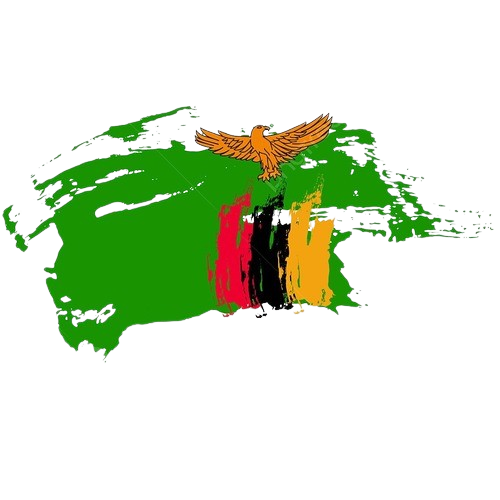Python | Pandas TimedeltaIndex.take()

Python is a great language for doing data analysis, primarily because of the fantastic ecosystem of data-centric python packages. Pandas is one of those packages and makes importing and analyzing data much easier.
Pandas TimedeltaIndex.take() function return a new Index of the values selected by the indices. We generally pass a list of indices to be taken. It is used for internal compatibility with numpy arrays.
Syntax : TimedeltaIndex.take(indices, axis=0, allow_fill=True, fill_value=None, **kwargs)
Parameters :
indices : list Indices to be taken
axis : The axis over which to select values, always 0.
allow_fill : bool, default True
fill_value : bool, default None ,If allow_fill=True and fill_value is not None, indices specified by -1 is regarded as NA. If Index doesn’t hold NA, raise ValueErrorReturn : Object of same type
Example #1: Use TimedeltaIndex.take() function to return a new TimedeltaIndex object containing only selected values in it.
# importing pandas as pd import pandas as pd # Create the TimedeltaIndex object tidx = pd.TimedeltaIndex(data =['06:05:01.000030', '+23:59:59.999999', '22 day 2 min 3us 10ns', '+23:29:59.999999', '+12:19:59.999999']) # Print the TimedeltaIndex object print(tidx) |
Output :
Now we will use the TimedeltaIndex.take() function to select some specific values from tidx.
# select specific values. tidx.take([2, 3, 4]) |
Output :
As we can see in the output, the TimedeltaIndex.take() function has returned a new TimedeltaIndex object which contains only those elements whose locations has been passed to the function.
Example #2: Use TimedeltaIndex.take() function to return a new TimedeltaIndex object containing only selected values in it.
# importing pandas as pd import pandas as pd # Create the TimedeltaIndex object tidx = pd.TimedeltaIndex(start ='1 days 02:00:12.001124', periods = 5, freq ='D', name ='Koala') # Print the TimedeltaIndex object tidx |
Output :
Now we will use the TimedeltaIndex.take() function to select some specific values from tidx.
# select specific values. tidx.take([0, 1, 2]) |
Output :
As we can see in the output, the TimedeltaIndex.take() function has returned a new TimedeltaIndex object which contains only those elements whose locations has been passed to the function.






